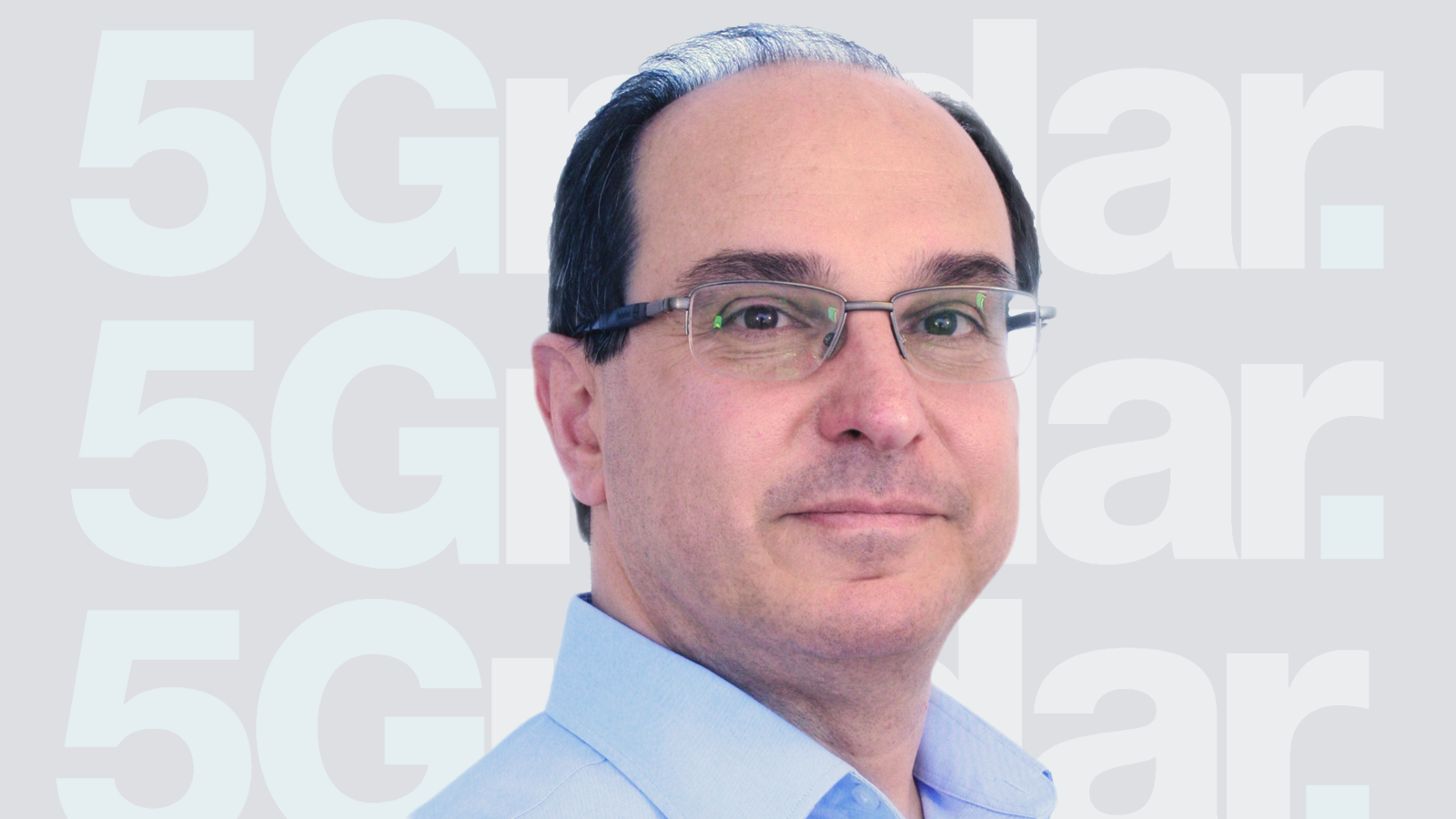Discover how the UK is showcasing the benefits of 5G via its 5G-Encode project
Zeetta Networks’ Vassilis Seferidis discusses the work taking place at the 5G-Encode project, and the new opportunities for Industry 4.0 in the UK.

Zeetta Networks, a leading provider of open networking software automation tools, recently announced the first ever multi-network management software, which supports the UK government’s 5G diversification drive, as part of the 5G-Encode project.
The new orchestration software targets private cellular networks, delivering unified control and management of both Mobile 5G, Mobile LTE and Wi-Fi networks, and all from a single pane of glass.
And this world-first technology has been deployed at 5G-Encode, a £9 million collaborative pioneering project that aims to make the benefits of 5G a reality for UK manufacturers.
In this post, we speak to Vassilis Seferidis, CEO at Zeeta Networks, about the importance of 5G-Encode, the UK’s biggest trial of industrial 5G, and one of the UK Government’s biggest investments in 5G technology for manufacturing to date.
Q: Can you give us a little background to the 5G-Encode project?
5G-Encode is part of the Testbeds and Trails programme, within DCMS, and it is focussing mainly in two areas. One is to structurally test the new business models that are possible using 5G. And the second thing is trying out new technologies, and looking at how they can help the facilitation of new business models.
Q: What are the benefits for UK companies?
In the National Composite Center, where we have companies such as Boeing and Airbus coming to develop, test and certify products, you can have competitors working side by side, and you are fundamentally working within the same factory. In effect, they need separate networks, which is what we’re developing with network slicing, and by doing this we are able to completely isolate data and connectivity, and you cannot interfere. Compare this to a Wi-Fi network. If everyone has that Wi-Fi password, they can actually access the network. But mobile technology is fundamentally more secure.
And the other thing of course, is scalability. The wired solution is the ultimate choice, but the fact is that you cannot have wired solutions all the time, because it always come back to the stumbling block of scalability.
Get up to speed with 5G, and discover the latest deals, news, and insight!
Q: How are you selling the benefits of 5G networks over WiFi?
"The new technologies we’re focussing on are network slicing - defying virtual, logical subnetworks on a common infrastructure - and splicing."
Vassilis Seferidis, Zeetta Networks.
Let’s say you’re working on a project that requires 20 sensors; when that project increases to the point where it requires hundreds of sensors, then you will need to rely on wireless technology. And with 5G we can support thousands of sensors, without compromising. The new technologies we’re focussing on are network slicing - defying virtual, logical subnetworks on a common infrastructure - and splicing. Splicing is all about taking these slices, and combining them together, the way you want, as bundles of services, or by joining them one after the other in a sequential way, across different domains.
Q: How might service providers use this technology?
"You want those two slices to be joined together, so you can have the continuity of service from a private network to a public one."
Vassilis Seferidis, Zeetta Networks.
The different domains that we are talking about here, because we are focusing on the private sector, is combing the domains of the private network with the public network. So you have basically Telefonica UK, for example, slicing their own network, and delivering a pipe of connectivity across their network. And then you have enterprises who can slice the network within their LAN environment, and you want those two slices to be joined together, so you can have the continuity of service from a private network to a public one.
Q: Can you talk a little more about splicing?
This is a fundamental way of thinking about orchestrating services across networks. And you can have different administrators; you don’t have a single operator administering the private and the public network. You can have different responsibilities for the private network from the enterprise, and the public network from the operator. We’ve proposed this new approach, which splices the network slices, creating their own unique environment.
Q: Why is 5G diversification important?
"We need to have diversification in the supply chain because that stimulates innovation and stimulates progress. That’s the bottom line."
Vassilis Seferidis, Zeetta Networks.
We participate in a lot of standardisation activities and forums, where people are developing technologies, including for Chinese companies as well. And those are common problems which we’re addressing as global, international companies. So our solutions are not dedicated or tailored to particular market, they’re more generic in the way we try to address global problems. Basically, we need to have diversification in the supply chain because that stimulates innovation and stimulates progress. That’s the bottom line.
5G-Encode is partially funded by the Department for Digital, Culture, Media and Sport of the UK Government, as part of its 5G Testbeds and Trials Programme, and is run by a consortium of nine partners: Zeetta Networks, National Composites Centre, Mativision, Plataine, Solvay, Toshiba, Telefonica, Siemens and the University of Bristol’s Smart Internet Lab.
Dan is a British journalist with 20 years of experience in the design and tech sectors, producing content for the likes of Microsoft, Adobe, Dell and The Sunday Times. In 2012 he helped launch the world's number one design blog, Creative Bloq. Dan is now editor-in-chief at 5Gradar, where he oversees news, insight and reviews, providing an invaluable resource for anyone looking to stay up-to-date with the key issues facing 5G.

